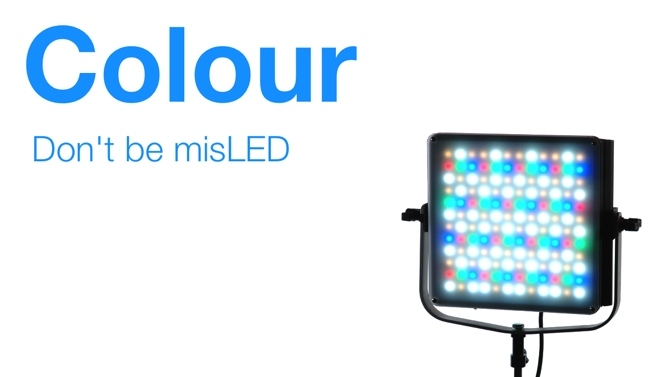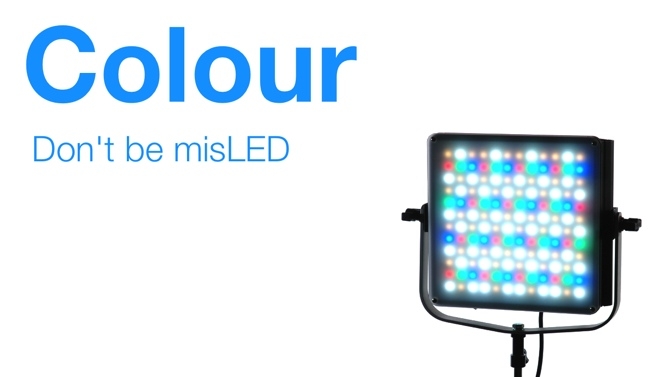

LED lights are a big hit. With low power consumption, long life bulbs, a relatively high light output and little heat radiating onto the set, they have become highly sought after. Kieron Seth looks at the plusses and pitfalls of LED lighting.
Major TV studios have been converted to eco-friendly spaces with LED; cramped mobile sports studios have gone LED to allow space for the presenters to move and breathe. LED seems, is taking over.
One of the reasons for the technology having such a high profile is PR. It's the latest thing, so it's what the marketing department is tasked with singing about. What's less well known is the failure rate. And since manufacturers don't want us to know about these set-backs, it's difficult to learn the lessons.
BBC Wisdom
One good and objective source of intelligence is the BBC's September 2011 report “Low Energy Lighting Guide for TV Productions.” Its report advises against products that do not sufficiently cool the LEDs (performance deteriorates rapidly as the temperature increases). It also has concerns about the colour variance in individual LEDs while it recommends guarding against unacceptable peaks in the spectral distribution by use of a matrix of differently coloured LEDs. Crucially it warns about the potential for poor colour rendering with LED. If you think the BBC is anti such solid state technology, be aware that the BBC is a big user of LED.
While halogen lamps can achieve close to perfect 100 CRI scores (Colour Reference Index measures the ability of a light source to reproduce colours faithfully compared with a natural, unfiltered light source, such as the sun), with professional fluorescents not far behind, multi-panel LED's achieve scores in the 80's. While this is not at all disastrous, maintaining their level of performance over time is very hard to achieve without the use of the highest quality bulbs and superior cooling. Efficiency, colour rendering and output can decline fast – even changing during a shoot!
Buy wisely
Cameras can make adjustments to their white balance settings and grading can accommodate certain on-screen changes. However, where LEDs change at varying rates and to varying degrees, colour balancing becomes very difficult. And when LED output is changing while other lights – halogen or fluorescent – are maintaining their values, the post production supervisor may as well throw in the towel.
So if you go LED, many advise against buying cheap. And an often quoted rule is never to mix LED with other sources: they just won't match.
Tags: Technology



Comments